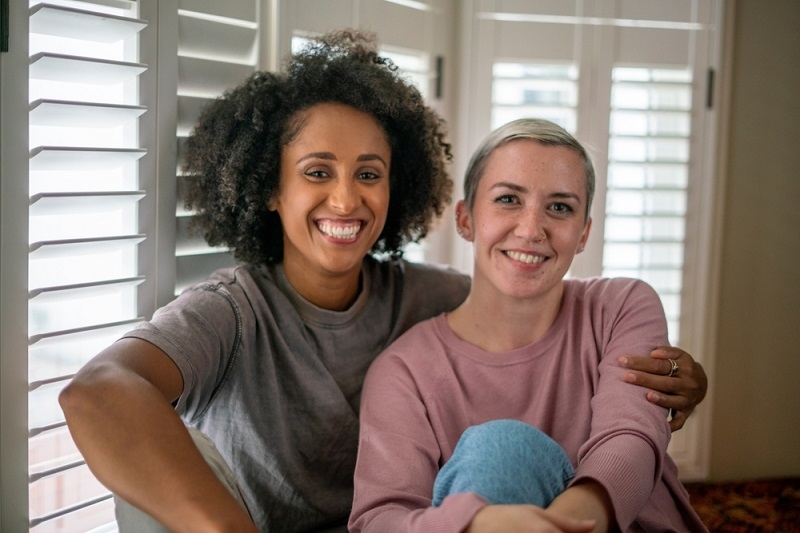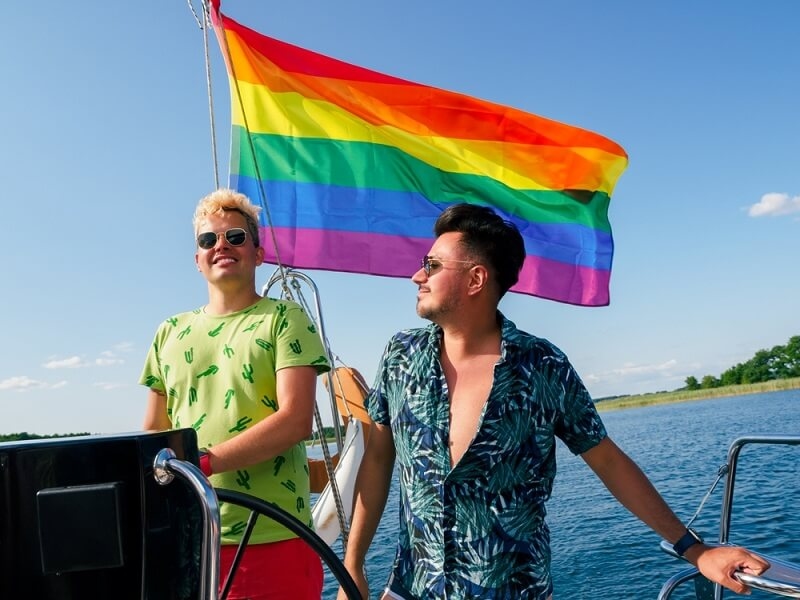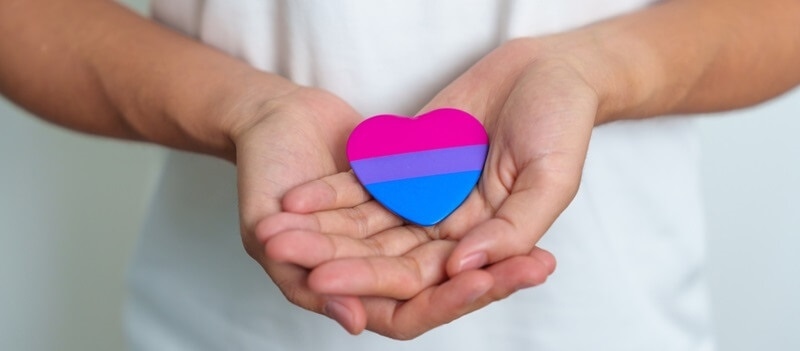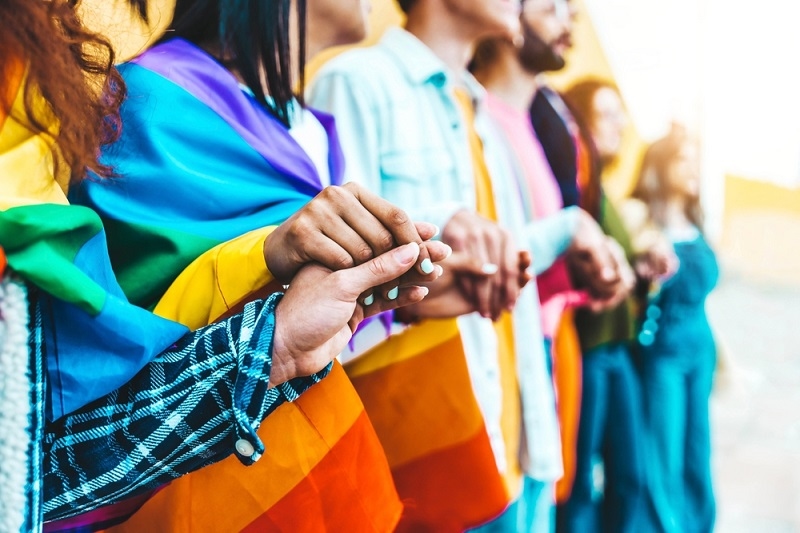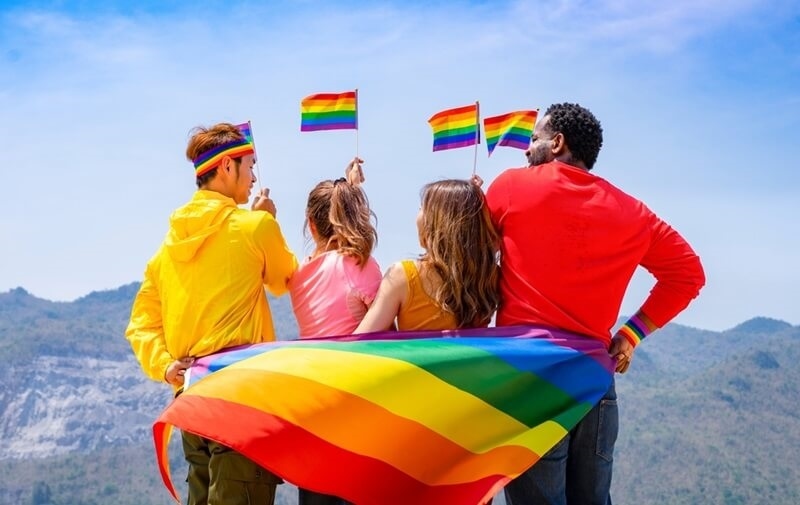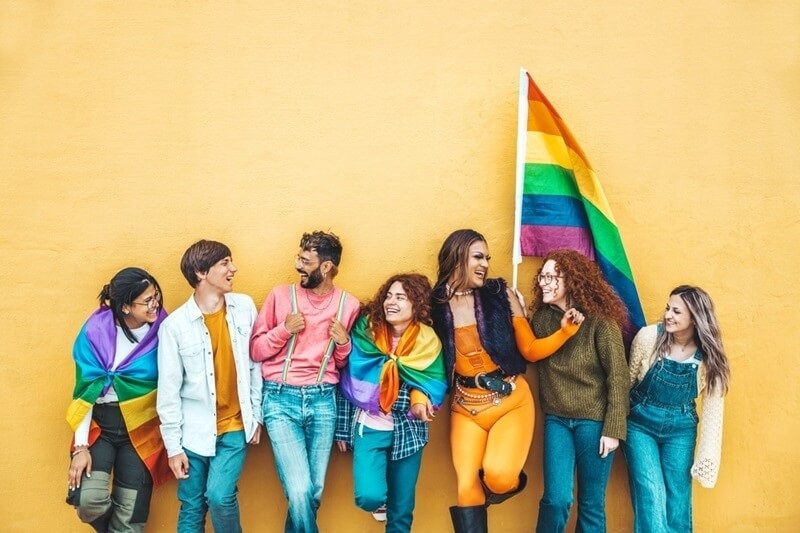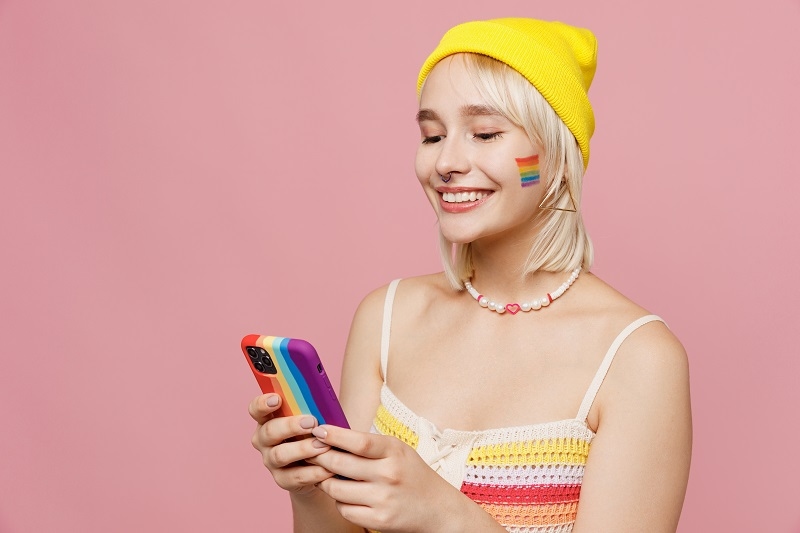So, What Exactly is Asexuality in Romantic Relationships?

Asexuality meaning refers to an authentic sexual orientation that is not commonly understood, characterized by a lack or scarcity of sexual attraction to others. It is an important segment in the whole spectrum of human identity and should be acknowledged and respected. By learning about asexuality, people can break out of narrow definitions of attraction and intimacy to expand the conversation into love, connection, and identity. Along with recognizing asexuality comes a developing view of many different romantic and personal experiences that exist outside the assumption that sexual attraction is universal.
This creates a space for empathy and acceptance of differences when it comes to others' feelings and relationships. Much awareness around asexuality must happen to promote acceptance, reduce stigma against these people, and increase the validation for people who might feel alone. Understanding asexuality, alongside several diversities in gender and sexual orientation, is one way towards forming a more inclusive, tolerant world.
Also, read about: Understanding Gynosexuality: Insights and Perspectives.
What is Asexuality?
Asexuality in the LGBTQ+ community is a sexual orientation characterized by the absence of sexual attraction between partners. The sexual disorder of celibacy refers to self-denial of sexual activity, which is, in fact, a choice. Asexual individuals or "aces" can experience romantic attraction and develop emotional relationships, but there is a wide spectrum of experiences.
Some asexual people identify as aromantic, while others seek out romantic relationships. Understanding asexuality can challenge assumptions about relationships and attraction, support a more inclusive view of human diversity, and validate different ways that people connect and experience intimacy.
Am I Asexual?

Wondering if you’re asexual? Reflect on whether you feel sexual attraction or if it’s absent or rare. Consider your past experiences with intimacy and how comfortable you feel. Remember, asexuality exists on a spectrum, including demisexual and gray-asexual identities. Some asexual people still experience romantic attraction. Take your time exploring your feelings, seeking information, and connecting with supportive communities. Your identity is personal and valid; there’s no rush or pressure to label yourself.
Common Misconceptions About the Asexuality Spectrum
A misconception about asexuality is often rampant in the wrongful understanding of its nature. The first one is that asexual persons do not love or have romantic relationships; This is false, as many asexual individuals do experience very deep romantic feelings. This other wrong notion is that asexuality is some form of a phase or something that one would “grow out of.”
It is indeed a bona fide and permanent sexual orientation. Asexuality is also different in that asexuality is not celibacy, meaning choosing to refrain from sexual activity, and low libido, which means reduced desire for sexual activity. Knowing these distinctions enhances respect and acceptance for asexual identities.
Asexual Vs. Aromantic
The human experience of romantic and sexual attractions is different. People who identify as asexual may experience little to no sexual attraction but may, at the same time, experience some form of romantic attraction (i.e., heteroromantic toward the opposite gender or homoromantic toward the same gender).
The spectrum of asexuality covers a wide range of sexual identities, with demisexual people being those who only begin to feel sexual attraction after they have made a very strong emotional bond. Understanding these distinctions allows for an understanding of the wide range of experiences found in asexuality in the LGBTQ+ community and challenges the assumptions one may have toward love and attraction.
Don’t miss out on Demiromanticism: Understanding the Complexities of Romantic Attraction.
Top Signs of Asexuality in You!
There can be many signs of asexuality, but the one that appears most commonly is a feeling of a lack of any sexual attraction towards others. Asexual people do not feel such an inclination to sex, though they may develop romantic attraction towards others. They may feel that sex is simply not appealing to them, makes them feel uncomfortable, or is unnecessary for their relationships.
Most aces are more into emotional intimacy than physical intimacy. Some of them might also feel that they belong to subcategories such as demisexual, in which a person feels attraction after a deep bonding process. It definitely needs to be remembered that this is about attraction and not behavior. While some asexuals engage in sex for various reasons, some have never done that.
Asexuality and Emotional Connection
In the absence of sexual attraction, emotional connection is a prerequisite for closeness, trust, and, eventually, love in an asexual romantic relationship. These relationships can become very rewarding, with shared values, shared communication, and mutual support between partners. For many who have asexuality in the LGBTQ+ community, companionship, understanding, and affection matter more than physical intimacy, thus illustrating that meaningful relationships can occur without sexual attraction. Therefore, it is important to recognize asexual pride, for it provides an avenue for emotional closeness to facilitate strong and lasting partnerships grounded in connection beyond that which is traditionally considered romantic.
Communication and Boundaries in Relationships
In relationships with asexual and non-asexual partners, it is essential to understand open communication and clear boundaries. Such differences in attraction and intimacy experiences can be discussed together so that both partners can respect and understand each other. A discussion of honest sexual, emotional, and personal boundaries will create trust, so both parties may communicate and will not make assumptions or misunderstandings. It encourages every person to bring out the boundaries in a warm atmosphere and with a sense of safety and support. Having symbols such as the asexual flag encourages healthy identity affirmation. With openness, compromise becomes possible, and the relationship becomes even stronger as partners share on-fair-grounds ways of connecting, which take into account their identities and desires.
Navigating Mixed-Orientation Relationships
The open door of communication, respect, and compromise opens the entirely rational navigation of such direction, which may happen between asexuality in the LGBTQ+ community and allosexual partners. Differentiations between the two types of illness in attractions sometimes produce challenges; however, awareness of each other's experiences aids in strengthening trust. Partners should then discuss mutually preferred arrangements to balance their autonomy with boundaries, desires, and comfort level.
Compromise may be expressed in different forms of intimacy, instead of or possibly an overhaul of expectations around physical contact. Knowing and feeling valued in his own identity creates a supportive environment where both can flourish. With the right amount of patience and empathy, mixed-orientation relationships can be very enriching, demonstrating that love and bonding overcome differences in sexual orientation.
Challenges Asexual People Face in Relationships
Asexual individuals are commonly subjected to issues during their relationships caused by pressures within society that force every person into sexual norms. Their orientation gets concealed or misjudged most of the time, making them feel isolated or invalidated. Most often, misconceptions such as being termed "broken" or "uninterested" put them in a difficult situation where dating and relationships become complicated. Such disclaimers tend to cause emotional distress, making it harder for an individual to have acceptance or find a broad array of supportive, fulfilling relationships.
You must check out Autosexuality: Self-Attraction and Its Implications.
Conclusion
In conclusion, understanding asexuality enriches our view of romantic relationships by highlighting diverse ways people experience love and intimacy. Asexual dating often focuses on deep emotional connections that may not involve sexual attraction, emphasizing the importance of communication and respect. Embracing this diversity helps create more inclusive and supportive relationships, reminding us that love takes many forms beyond traditional expectations. Recognizing and valuing asexuality fosters greater empathy and connection for all.






